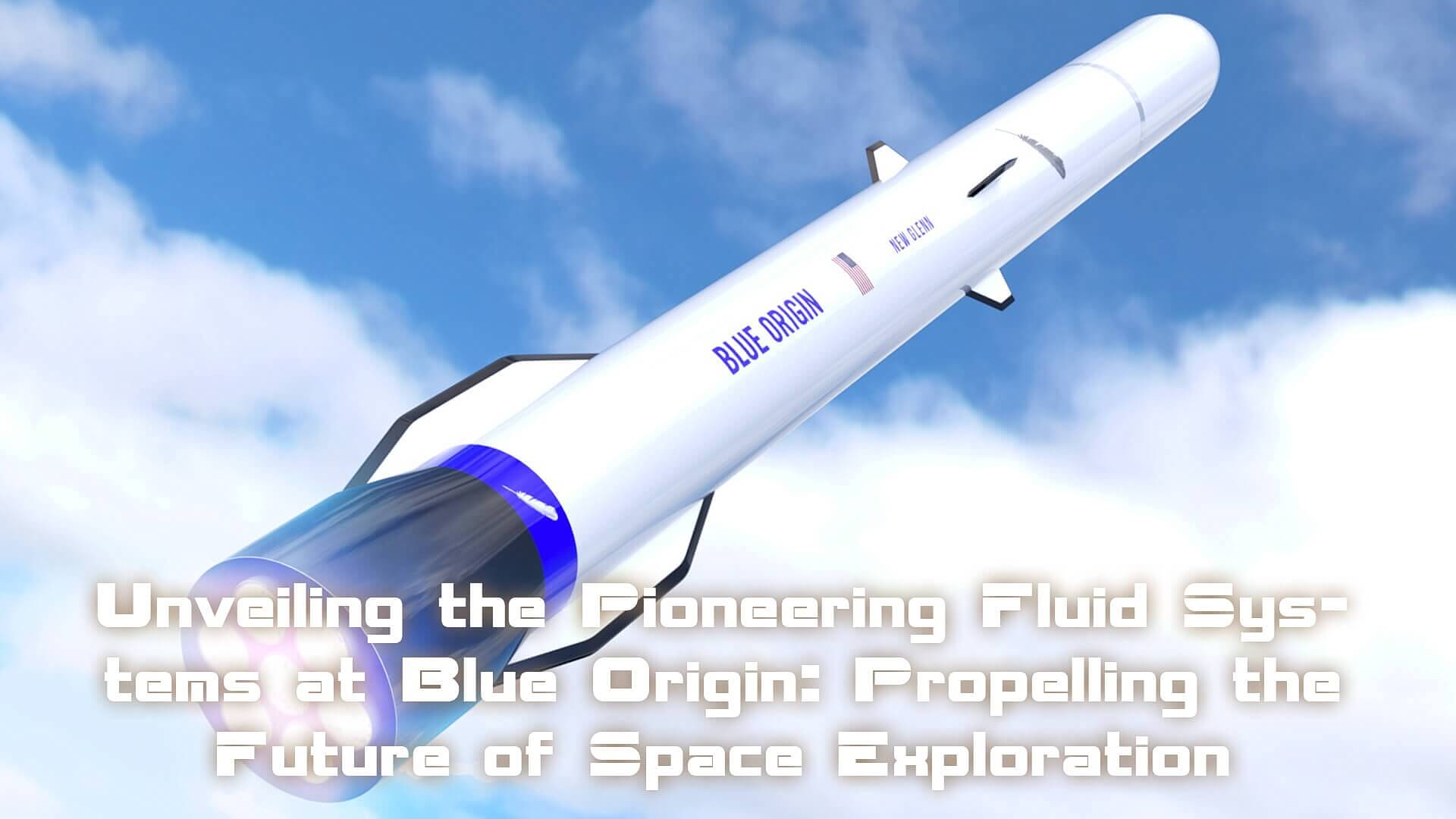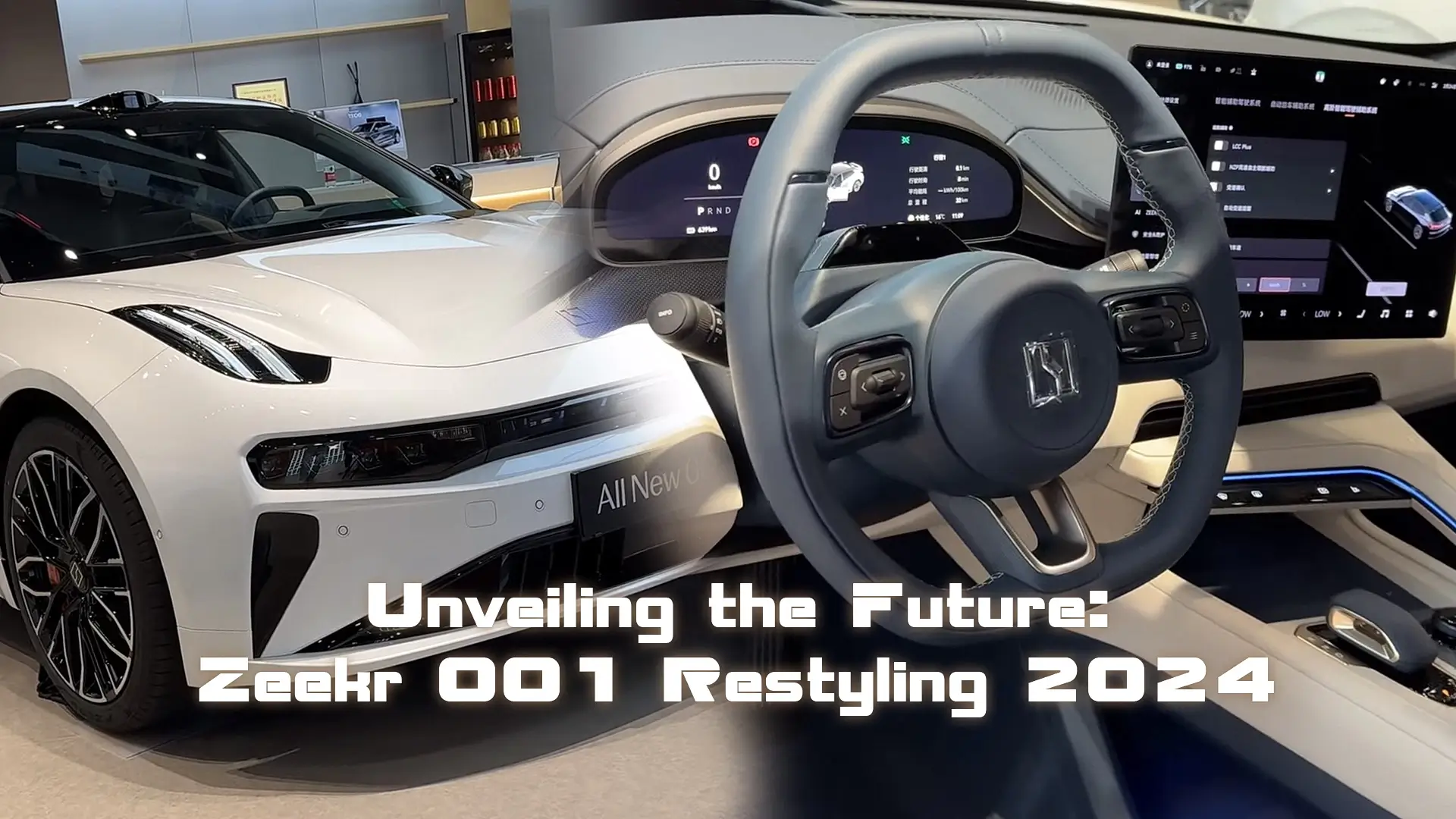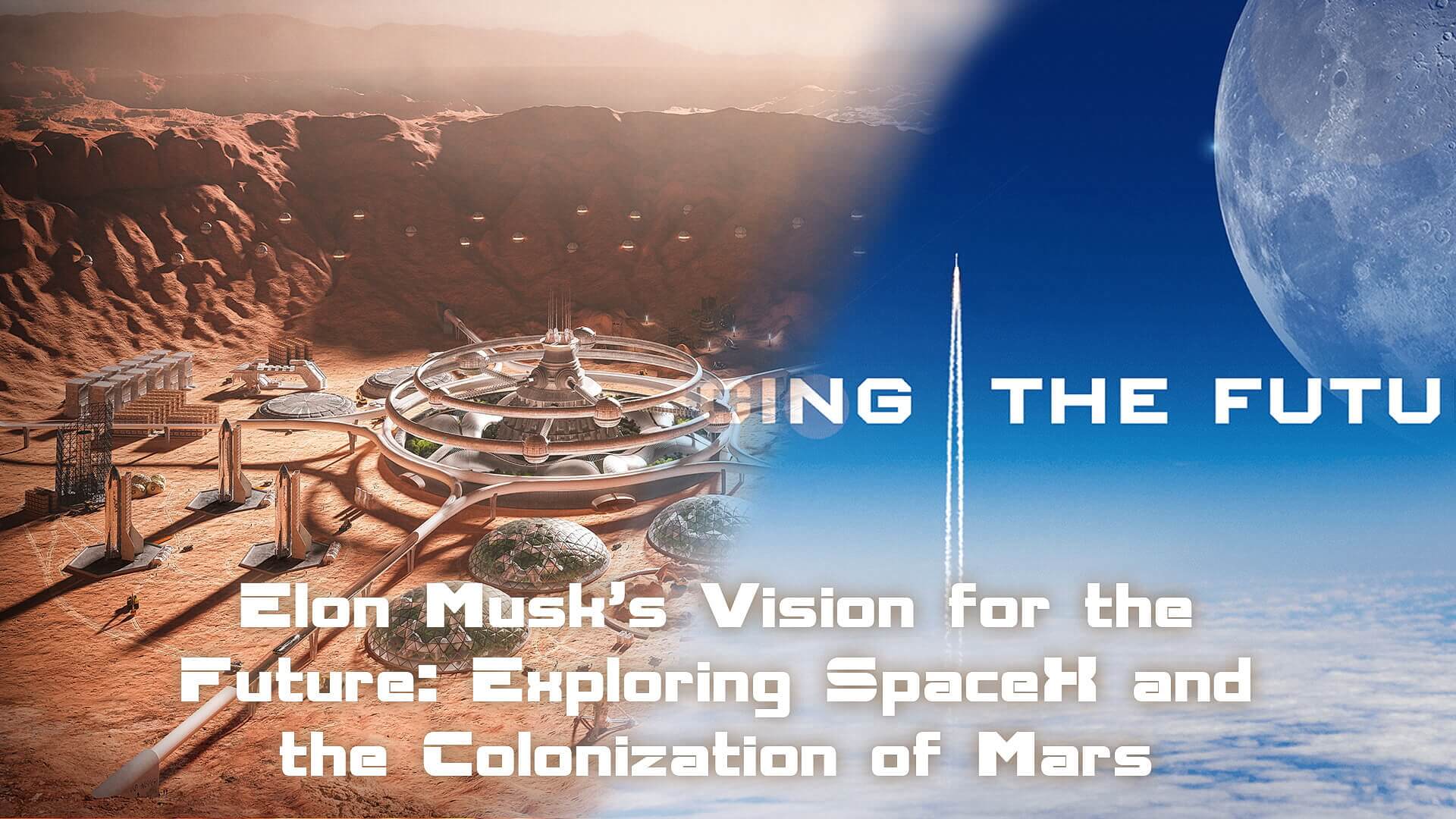In the dynamic realm of space exploration, Blue Origin stands as a beacon of innovation and ambition. Founded by Jeff Bezos in 2000, the aerospace manufacturer and sub-orbital spaceflight services company have continually pushed the boundaries of space travel. At the heart of Blue Origin’s groundbreaking ventures lies a critical element – their fluid systems. In this exploration, we delve into the intricacies of Blue Origin’s fluid systems, unraveling the technological marvels that propel humanity toward the stars.
The Blueprint of Blue Origin
Blue Origin’s mission is to build a future where millions of people can live and work in space, making space travel more accessible and sustainable. This mission requires cutting-edge technologies across various disciplines, and one of the crucial aspects is the fluid systems that power their spacecraft.
Fluid Dynamics in Spacecraft
Fluid systems play a pivotal role in the functionality and safety of spacecraft. Blue Origin’s engineers and scientists have designed state-of-the-art fluid systems to ensure the efficient transfer of propellants, regulate temperature, and maintain optimal operating conditions in the harsh environment of space.
Liquid Propulsion Systems
One of the cornerstones of Blue Origin’s fluid systems is its liquid propulsion technology. Liquid rocket engines are known for their efficiency and precision, providing the necessary thrust for spacecraft to break free from Earth’s gravitational pull. Blue Origin’s engines utilize liquid oxygen and liquid hydrogen, a combination that not only maximizes efficiency but also minimizes environmental impact.
Thermal Control Systems
Space is an unforgiving environment with extreme temperature variations. Blue Origin’s spacecraft are equipped with advanced thermal control systems that regulate the temperature of critical components, preventing overheating or freezing. This meticulous control ensures the spacecraft’s reliability and longevity, essential for extended space missions.

In-Orbit Refueling Technology
Blue Origin has set its sights on ambitious projects like in-orbit refueling, which requires intricate fluid systems. In-orbit refueling is a game-changing concept that enables spacecraft to extend their mission durations by replenishing propellants while in space. The fluid transfer systems developed by Blue Origin are at the forefront of this revolutionary technology, paving the way for sustainable and prolonged space exploration.
Innovation in Action: New Shepard and New Glenn
Blue Origin’s fluid systems shine in the New Shepard and New Glenn spacecraft, exemplifying the company’s commitment to innovation and reliability.
New Shepard
New Shepard, Blue Origin’s suborbital rocket and spacecraft system, utilizes a regeneratively cooled liquid propulsion system. This system efficiently cools the rocket engines by circulating propellants through channels in the engine walls, dissipating heat generated during combustion. The result is a reusable rocket that can withstand multiple launches, significantly reducing the cost of space travel.
New Glenn
The New Glenn orbital launch vehicle, designed for a wide range of payload capacities, features a powerful first stage powered by seven BE-4 engines. These engines, fueled by liquid oxygen and liquid natural gas, showcase Blue Origin’s dedication to creating environmentally friendly propulsion systems without compromising performance.
Beyond Earth’s Borders: Blue Origin’s Fluid Systems in Space Colonization
Blue Origin’s fluid systems extend their influence beyond the confines of Earth’s atmosphere. As the company envisions a future with millions of people living and working in space, the development of reliable fluid systems becomes paramount for sustaining life in microgravity environments.
Life Support Systems
Blue Origin’s commitment to space colonization includes the development of advanced life support systems that rely on fluid dynamics. These systems ensure the circulation of air and water, crucial for maintaining a habitable environment for astronauts on long-duration space missions and in future space habitats.
Water Recycling and Filtration
In space, every drop of water is a precious resource. Blue Origin’s fluid systems incorporate cutting-edge water recycling and filtration technologies, enabling the efficient reuse of water onboard spacecraft and space habitats. This sustainable approach is essential for extended missions and the establishment of human settlements beyond Earth.
Challenges and Future Prospects
While Blue Origin has made significant strides in fluid system technology, challenges remain. The harsh conditions of space, the need for increased efficiency, and the development of sustainable propellant sources pose ongoing challenges. Blue Origin, however, embraces these challenges as opportunities for further innovation.
Sustainable Propulsion
Looking ahead, Blue Origin is actively exploring sustainable propellant alternatives to reduce its environmental footprint. From green propellants to harnessing resources available in space, the company is at the forefront of developing eco-friendly propulsion solutions.
Interplanetary Travel
Blue Origin’s fluid systems are not limited to Earth’s orbit. The company is actively involved in research and development for interplanetary travel, envisioning a future where humans can explore and inhabit other celestial bodies. The fluid systems that power spacecraft on these extended missions will play a crucial role in the success of such endeavors.
And so
Blue Origin’s fluid systems epitomize the spirit of innovation driving the future of space exploration. From suborbital flights to interplanetary colonization, the company’s commitment to developing advanced fluid technologies is shaping the trajectory of human space exploration. As Blue Origin continues to push the boundaries of what is possible, the fluid systems that power their spacecraft stand as a testament to the limitless potential of human ingenuity in the cosmos.



